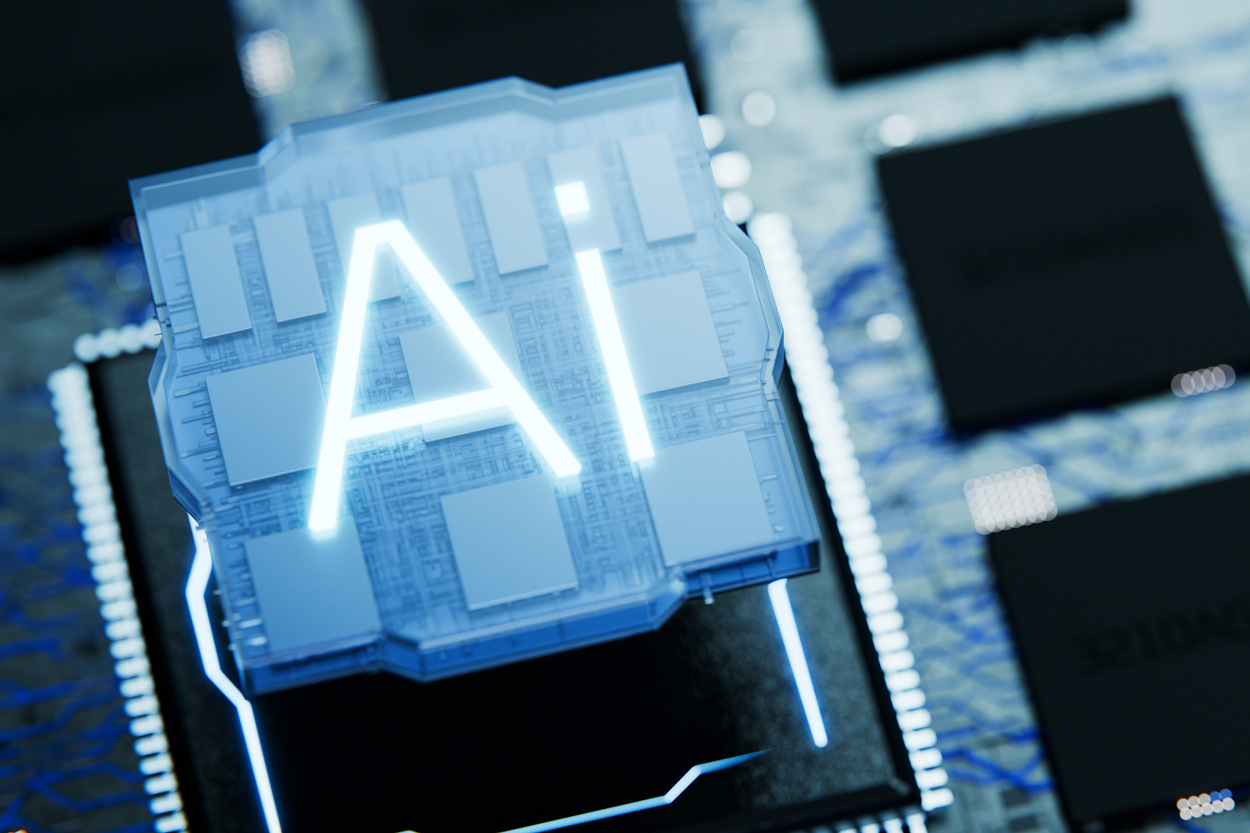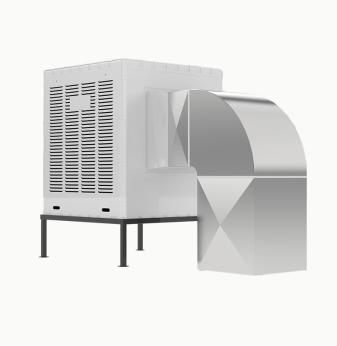Troubleshooting Guide for AI Accelerators in Edge Devices

AI accelerators such as TPUs, GPUs, NPUs, and custom ASICs have become integral components of modern edge devices, powering everything from vision processing to voice recognition. But with this complexity comes the potential for performance bottlenecks, thermal failures, and integration headaches. This guide will walk you through the most common issues and how to resolve them efficiently.
1. Performance Bottlenecks in AI Inference
Symptom: Unexpectedly slow inference times
Possible Causes:
- Inadequate memory bandwidth
- Sub-optimal data pipeline (e.g., preprocessing delays)
- Unoptimized model architecture
- Underclocked accelerator
Fixes:
- Use quantized models to reduce memory load.
- Benchmark each part of the inference pipeline to identify slow stages.
- Utilize model optimization tools like TensorRT, OpenVINO, or TVM.
- Ensure thermal throttling isn’t reducing clock speed (see below).
2. Overheating and Thermal Throttling
Symptom: Device heats up quickly; performance degrades over time
Possible Causes:
- Insufficient heat dissipation
- Poor PCB thermal layout
- Passive cooling instead of active
Fixes:
- Add thermal pads and heatsinks to critical chips.
- Use thermal cameras or sensors to identify hotspots.
- Implement fan control or dynamic thermal management firmware.
- Reevaluate enclosure design and airflow.
3. Driver and SDK Compatibility Issues
Symptom: Accelerator not recognized or inference engine fails to start
Possible Causes:
- Mismatched SDK versions
- Unsupported OS or kernel version
- Missing drivers or firmware blobs
Fixes:
- Always use vendor-validated versions of SDKs.
- Verify compatibility between OS and hardware.
- Update firmware and check device trees in embedded Linux.
4. Memory Allocation and Fragmentation
Symptom: Inference process crashes or throws memory allocation errors
Possible Causes:
- Limited shared memory
- Memory fragmentation in long-running apps
- Large intermediate tensors
Fixes:
- Preallocate memory pools if supported by the SDK.
- Reboot devices periodically in constrained environments.
- Use model pruning or layer fusion techniques to reduce memory footprint.
5. Inconsistent Results or Accuracy Drops
Symptom: Different inference outputs under similar conditions
Possible Causes:
- Floating-point precision differences
- Race conditions in multi-threaded inference
- Improper calibration in quantized models
Fixes:
- Validate accuracy with reference outputs.
- Lock inference to a single thread during debugging.
- Recalibrate models using representative datasets.
6. Integration with Peripheral Hardware
Symptom: Delays or dropped inputs from camera, microphone, etc.
Possible Causes:
- Bandwidth contention on shared buses
- Improper interrupt prioritization
- DMA conflicts or latency
Fixes:
- Use separate buses or prioritize latency-sensitive inputs.
- Monitor DMA channels and reassign if needed.
- Apply QoS (Quality of Service) strategies in firmware.
7. Debugging Tools and Best Practices
Recommended Tools:
- Vendor SDK profilers (e.g., NVIDIA Nsight, Intel VTune)
- Thermal monitoring utilities
- Inference benchmarking scripts
- Embedded Linux tools (dmesg, top, iostat)
Best Practices:
- Start with a known-good demo model for baseline testing.
- Log all thermal, memory, and inference events.
- Maintain a consistent test environment.

Long-Tail Questions Answered
"Why is my edge AI device overheating during inference?"
Most likely due to inadequate thermal design. Ensure your PCB supports good heat flow, use heatsinks, and review cooling strategy for your enclosure. If needed, switch to active cooling or a lower-power AI model.
"How do I debug inconsistent inference output on my accelerator?"
Use a reference dataset to compare outputs under controlled conditions. Lock the inference thread and ensure your quantization process is properly calibrated.
"What causes inference delays on edge accelerators?"
Check for bottlenecks in memory access or preprocessing. Use profiling tools to pinpoint slow components in your pipeline.
AI accelerator issues can quickly derail the performance of your edge product, but with a structured troubleshooting approach, most challenges can be resolved in-house. At Promwad, we help clients design, debug, and optimize AI edge systems tailored for performance, thermal stability, and production reliability.
Our Case Studies








